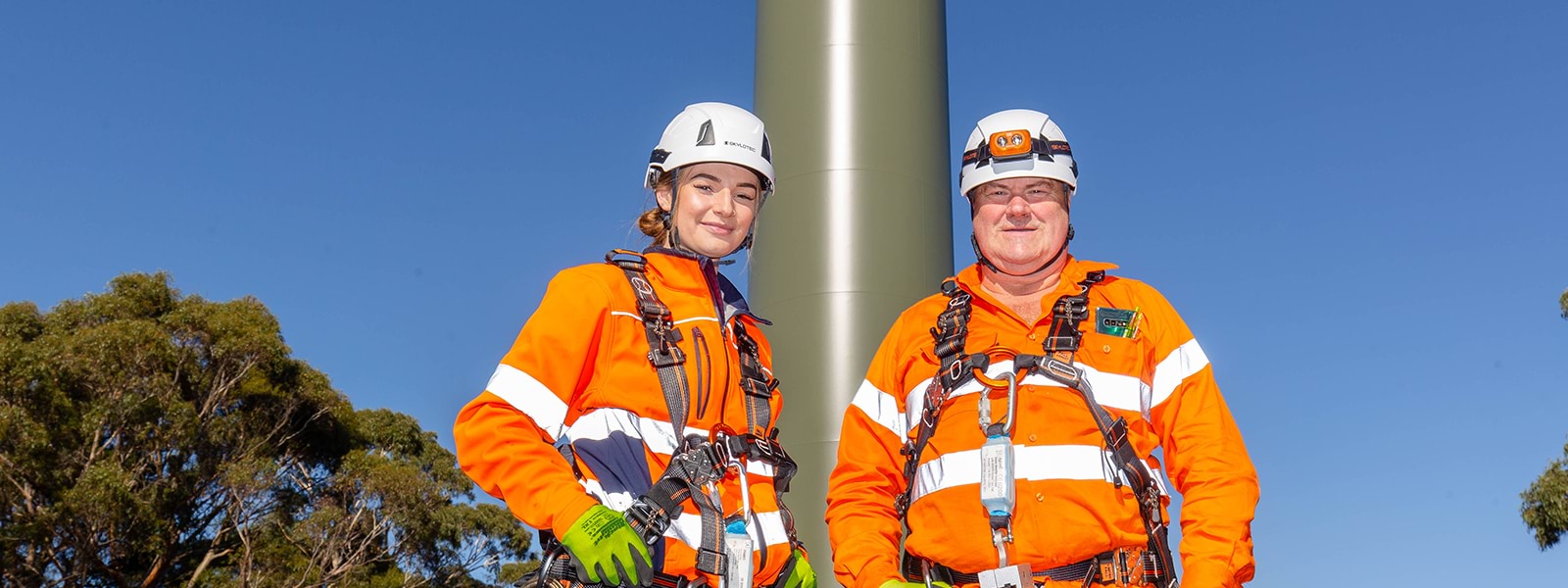Over the next three years, we will:
- Develop a Victorian VET workforce strategy to provide a comprehensive approach to deepen and broaden the vocational teacher workforce, building out the role for industry to provide and support the next significant wave of VET teachers.
- Work to influence national and state regulators to establish a differentiated approach to teacher qualifications to meet contemporary skills needs.
- Led by the VET Development Centre, partner with the VET teacher workforce to establish a contemporary professional development framework that builds capability and promotes excellence.
Skills shortages are being experienced by the vocational education and training workforce and this is having the effect of limiting training delivery to varying degrees across the State.
To be a VET teacher two conditions must be met: the individual must hold a Certificate IV in Training and Assessment and have current industry expertise in the field in which they are teaching. Both are necessary to be able to deliver accredited vocational training in TAFEs, private and industry-based training organisations as well as secondary schools with vocational programs and each are creating issues now.
Needing to gain a training and assessment qualification is seen by industry as a barrier for experienced and passionate individuals to support VET delivery. Also, there are concerns with the qualification itself and a widely held view that it does not adequately prepare people to deliver teaching excellence.
These qualification-linked issues are exacerbated by general skills shortages which mean fewer people are moving from industry roles into teaching roles and people who have moved into teaching are increasingly returning to their former occupations where the pay and conditions are often more favourable.
For the existing workforce, current VET teachers and assessors are in demand and turn over in this largely casual and ageing workforce is high.
Workforce growth and renewal is required.
Promotional campaigns and inclusion of the Certificate IV in Training and Assessment on the Free TAFE list are helpful but not sufficient.
A workforce strategy is needed for the VET sector, including a review of practices to attract, retain and make best use of industry expertise. Providers need guaranteed access to an education workforce and VET trainers and assessors need quality professional development.
Developing the next generation of educational professionals and leaders will help deliver a skilled and sustainable education workforce to meet existing and emerging occupational demand.
Case study
Turning cybersecurity lessons into a VET career
It was an entry-level Commodore 16 home computer that kick-started Steve Cranage’s passion for information technology almost 40 years ago. The 10-year-old was hooked.
After working in a range of jobs as an adult, including in IT at Telstra, Steve decided to return to study in 2018. He enrolled in the Free TAFE Certificate IV in Cybersecurity, then in the GOTAFE Certificate III in Information, Digital Media, and Technology. Then his trainers suggested he do Certificate IV in Training and Assessment.
“Even though I had a lot of prior knowledge, I never had a day walking into the classroom where I felt as though I wasn’t going to learn something new or exciting,” says Steve, who is a proud descendant of the Yorta Yorta, Bangerang and Wiradjuri peoples.
Now working as a trainer and assessor with GOTAFE, Steve says he loves being part of the VET workforce: “In my own small way, I feel like a modern trailblazer for my community, as I show there are paths we can take to dive into new careers like cybersecurity.”
Updated
